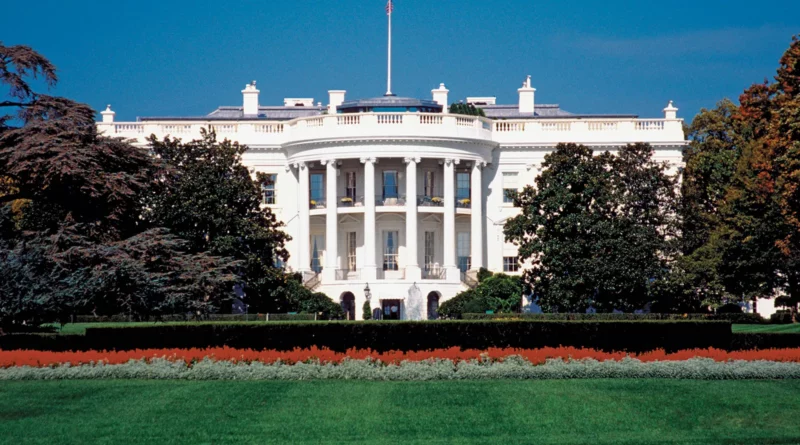History Of Washington DC (District of Columbia)
The District of Columbia, commonly known as Washington D.C., is the capital city of the United States. The city is home to some of the most iconic landmarks, government buildings, and monuments in the world. From the White House to the Lincoln Memorial, the city’s architecture and history are intertwined with the story of America. But the history of the District of Columbia is not just about buildings and monuments. It is a unique story of politics, power, and race that has shaped the city and the nation.
The District of Columbia was created by the United States Constitution in 1787 as a federal district to serve as the permanent capital of the United States. The city was named after George Washington, the first President of the United States, and was designed by French architect Pierre Charles L’Enfant. The city’s layout was modeled after European capitals, with a grand central avenue (Pennsylvania Avenue) and radiating streets. The city’s design was intended to reflect the ideals of democracy and the power of the federal government.
In the early years of the city’s history, the federal government had complete control over the District of Columbia. Congress appointed a mayor and city council, and residents of the city did not have the right to vote in presidential elections. Slavery was also legal in the District until it was abolished by Congress in 1862.
The city’s population grew slowly in the early years, but it began to boom in the late 19th century with the growth of government and the arrival of African Americans from the South. As the city grew, so did tensions between its black and white residents. Racial segregation was enforced in many areas of the city, including schools, housing, and public facilities. African Americans were denied basic civil rights and were subjected to discrimination and violence.
The civil rights movement of the 1950s and 1960s brought significant changes to the District of Columbia. In 1954, the Supreme Court ruled that segregation in public schools was unconstitutional, and in 1964, Congress passed the Civil Rights Act, which banned discrimination in public accommodations, employment, and education. The Voting Rights Act of 1965 gave African Americans the right to vote without discrimination, and the District of Columbia was granted the right to elect its own mayor and city council in 1973.
Despite these changes, the District of Columbia continued to struggle with political and economic challenges. The city’s economy declined in the 1970s and 1980s, and crime rates soared. In the late 1980s, the city elected its first black mayor, Marion Barry, who served for four terms but was later convicted of drug possession.
Today, the District of Columbia is a vibrant and diverse city with a rich history and culture. It is home to more than 700,000 people, and its economy is driven by government, tourism, and the service industry. The city is also a center for education and research, with some of the country’s top universities and research institutions located in the area.
The history of the District of Columbia is a complex and multifaceted story that reflects the challenges and triumphs of the United States as a nation. From its origins as a federal district to its struggles with race and politics, the city has played a central role in shaping the course of American history. Today, the District of Columbia stands as a symbol of democracy, power, and freedom for people around the world.
Discover more from City Towner
Subscribe to get the latest posts sent to your email.




